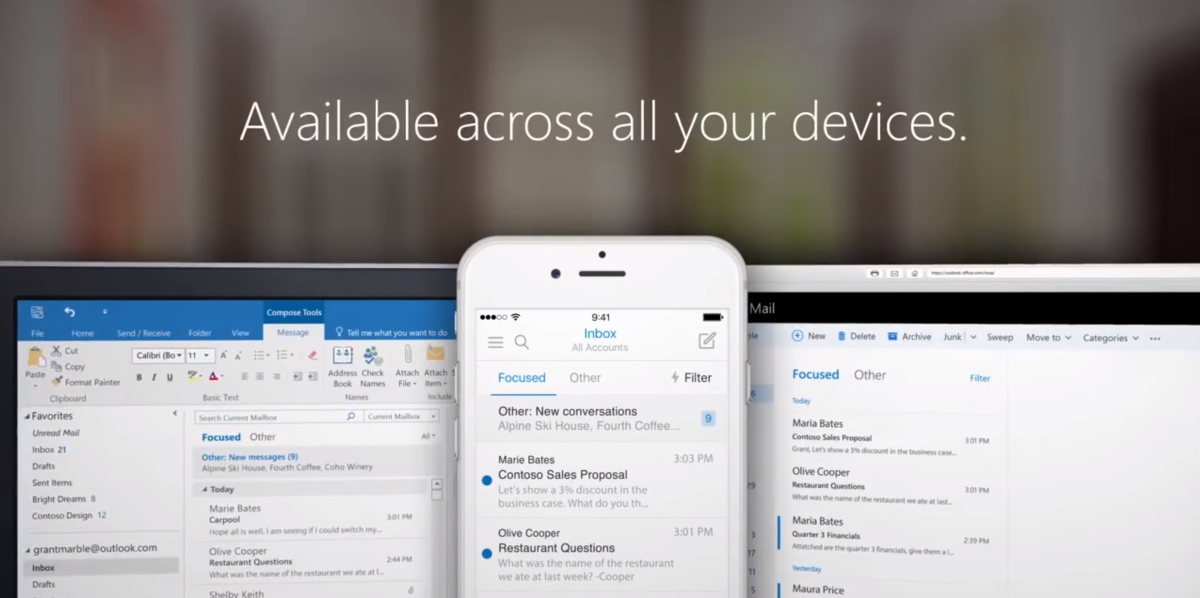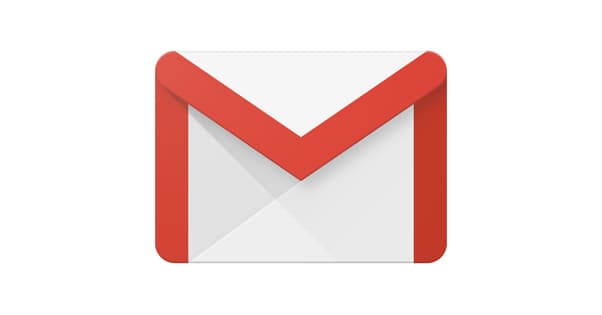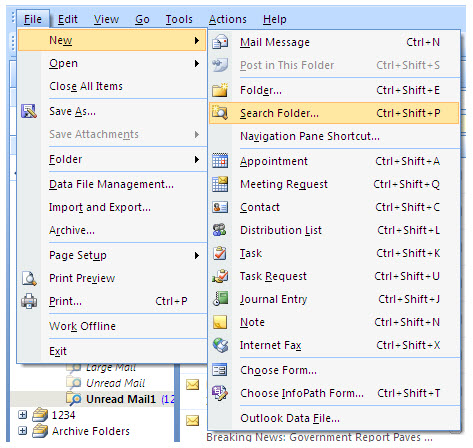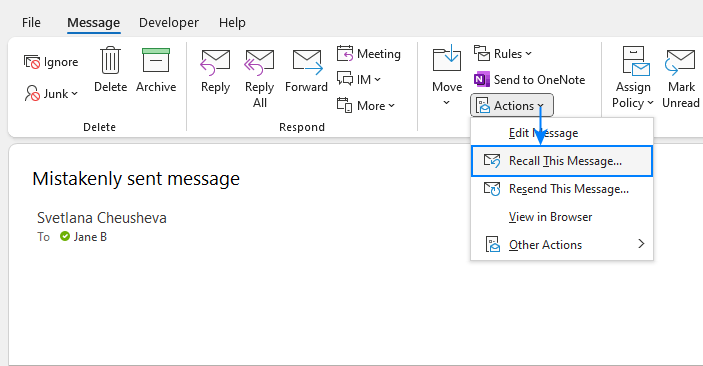

The “New Mail Alerts” dialog box stays open until you click “Close”, even when you open an email message from the dialog box and then close the message. If you want to view an email directly from this dialog box, select the email to view and click “Open Item”. However, if there were more emails from Whitson, they would all be listed here. I currently only have one email from Whitson in my inbox, so that’s the only one listed on this dialog box. The “New Mail Alerts” dialog box will appear, demanding immediate action. I want to find out what emails are in my inbox from Whitson, so I select the check box. Click “OK” once you’ve made your choices.Ī “Success” dialog box displays with an option to “Run this rule now on messages already in the current folder”. If you don’t want to be notified of emails where you’re CC’ed or one of several recipients, select “me only” from the “Sent to” drop-down list. I also select the “Sent to” check box and make sure my name is selected from the drop-down list, so I’ll receive notifications for emails sent from Whitson directly to me. I want to get immediate notifications about emails I receive from Whitson, so I select the first check box.

In the “Create Rule” dialog box, select the conditions on which you want to receive notifications about new email. For this example, I’ll set up a rule to notify me when I receive an email from my boss, because emails from your boss are always important, right? So, I’d right-click on the email from How-To Geek’s editor-in-chief, Whitson Gordon, and select “Rules” and then “Create Rule” from the popup menu. The easiest way to set up this rule is to find an email from that person. Here’s how to set up a rule that only shows email notifications from a certain sender. If you need to be responsive to certain people, such as clients, your boss, or your family members, you can use Rules in Outlook to receive notifications about certain messages only.

#Outlook for mac show only unread how to
You didn’t know Outlook was so nimble did ya? lol.RELATED: How to Disable Desktop Notifications in Outlook 2013

So for example, we can tell the folder to display only messages sent directly to me, messages with attachments or messages sent from a specific sender. This is a special folder whose contents is determined by criteria we specify. To pull this off, we just need to make a new search folder. This tip works in both Outlook 2013 and Outlook 2010 but it’s more relevant for Outlook 2010 since only Outlook 2013 has that convenient Unread button. It’ll appear in the left pane next to your existing folders near the bottom of the folder list. There’s actually a little known trick that will consolidate all your emails into one tidy little folder aptly called unread.
#Outlook for mac show only unread windows
What ever happened to the 3D beveled buttons of Windows 95? Haha, okay I’m feeling nostalgic for stupid reasons. It’s hard to discern text boxes from buttons because both screen elements lack depth. I actually hate the Outlook 2013 user interface because everything is flat. But the story isn’t so happily-ever-after for Outlook 2010. In Outlook 2013 you can simply select your email address in the left pane and then click the Unread link directly under the search box in the right pane. Is there a way to sift out your untouched messages? Maybe by collecting them in a special folder or something? Each folder has it’s own list of unread emails so delving into the folder pile looking for new emails doesn’t seem feasible. It’s pretty disorganized but the nice thing is that unread emails simply float to the top like ice in a cool drink.īut what happens if you have more than one folder? Most people I know have dozens (one secretary I knew had hundreds) of sub-folders for almost any category you can think of. If you’re anything like me, then you probably marshal all your emails in the generic inbox folder. I’m going to show you how to quickly find all your Unread emails in Outlook. That’s why today I want to show you a little tip that will squeeze a little more productivity out of your day. Our daily work depends on Outlook for scheduling meetings, interacting with co-workers and interfacing with clients. Outlook is everywhere.įor most people, Outlook is the nexus of productivity. But on the other hand, the sheer popularity of the program requires that we learn to live with it. On the one hand, the ubiquity of Outlook can become the bane of your existence especially when it crashes or takes forever to search for emails. Outlook is the email client that people love to hate.


 0 kommentar(er)
0 kommentar(er)
